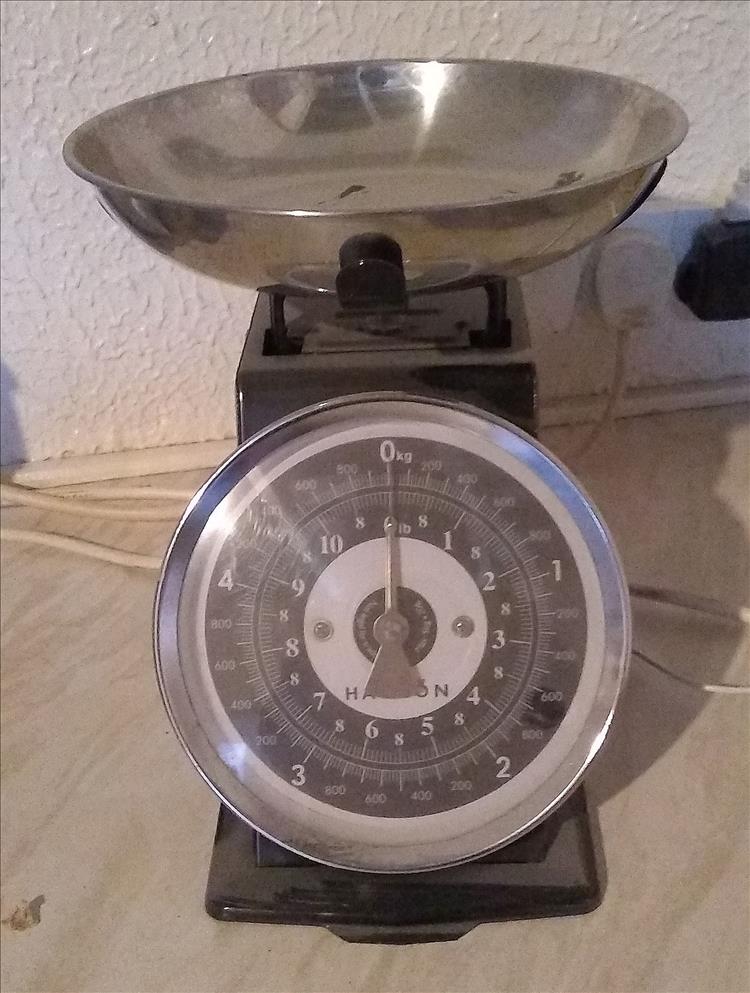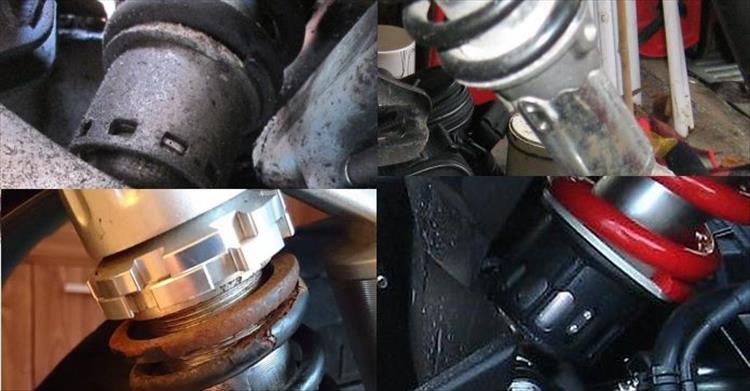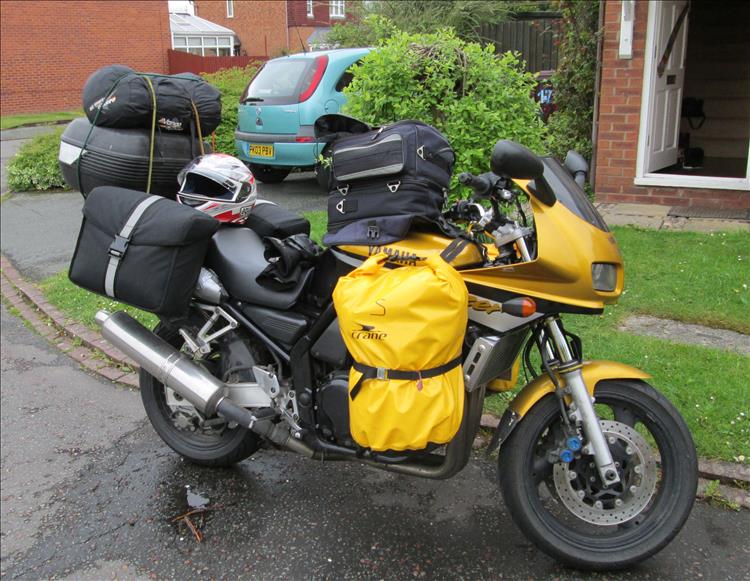Home
Ren's Biking Blog
Preload Is Not Firmness
Post Date - 9 March 2021
Imagine a typical traditional set of scales, like the ones below

Scales. Do they measure weight or mass?
Within is a spring. This spring is (ought to be) made accurately such that each added gram causes a very specific amount of movement. This spring is (ought to be) a uniform coil of uniform thickness of uniform metal.
I'm going to use arbitrary numbers. For each kilogram of mass added to the bowl the spring will move 1cm. 1kg of mass in the bowl causes the spring to compress 1cm and this is translated to the dial at the 1kg mark. Equally 2kg causes 2cm of movement, 3kg equals 3cm and so on.
If the spring is made as it ought to be these kind of scales can be remarkably accurate due to the consistent "spring rate" of the spring. If the scales are designed well the mass in the bowl will only allow movement well within the elastic limit of the spring. If not an excess mass could push the spring from its elastic limit into its plastic region where it will be permanently deformed.
Now, we have our magically uniform and consistent spring. The problem is we are going to put a cradle and a bowl on top of this spring. Oh no! The spring, with no mass, is at zero but with the cradle and bowl the dial now reads 50 grams. Even worse our 1kg mass records 1kg and 50 grams on the dial. Poop, well that's about as much use as "Z" rated tyres on my CBF125.
Aha! Let us cheat. Lets move the dial so with the cradle and the bowl the dial reads zero. So far so good. Now we add our 1kg mass and the dial reads 1kg - great! What we have done here is add preload to our spring, be it only 50 grams of cradle and bowl.
What if we remove the cradle and bowl and add a 1kg cradle and bowl made of gold? We re-zero the dial with the glistening £40,000 cradle and bowl. Into this we add our 1kg mass and the dial reads... 1kg - even WITH the 1kg gold cradle and bowl. We now have a 1kg preload but the spring STILL moves the same 1cm with the same 1kg mass.
What's this got to do with your bike? Preload. You're likely to have some method of adjusting the preload on your rear suspension, perhaps on the front too but this is less common. Typically on the rear spring(s) there will be a big chunky ring(s) with "steps" that push the ring onto the spring(s). Or you may have a threaded area that again allows you to compress the spring. The long and short of it is this will allow you to squash the spring more or less than it is already squashed.

Various Preload Adjusters
For years and years and years as a young and even not-so-young rider I simply assumed tightening the preload made the suspension stiffer. Nope. Why? See above. The spring/s is/are still the very same spring/s. All we do by tightening the preload adjuster is remove the lightweight cradle and bowl, replacing them with the gold cradle and bowl.
A certain bump at a certain speed exerts a certain force on a wheel. If this certain force causes your particular spring to move 2cm, this will be the same if you have zero preload or all the preload available. Nothing has changed. So what the hell is the point of having preload adjustment? Let's face it even the cheapest el-cheapo shock absorbers have preload adjustment on a motorcycle. The primary reason is ride height.
This morning you rode to work with nothing more on the bike than yourself and your sandwiches. This evening though you are taking yourself, your big friend and a poop-ton of camping gear off on an adventure. With the bike fully laden there's a risk of bottoming out and your headlight is pointing to the stars not the road. Now is the time to adjust your preload.
Again using made up arbitrary figures. Your rear wheel moves 4cm for every 100kg placed upon it due to the spring on your machine. With you sat on the bike, the combined weight of you and the rear of the bike is 100kg. With zero preload when you get on the bike the suspension will move, we'll call it "sag" by 4cm.
4cm is too much, your manual suggests 2cm for normal riding. You adjust your preload until when you sit on the bike as though riding (you'll need a mate to hold you upright) the rear end sags by 2cm. What you have done here is "preload" the spring with 50kg of force (half of 100kg, 2cm is half of 4cm).
The spring is now preloaded. Imagine the spring is off the bike and in a press. As we put mass on the press the spring will not move at all for the first 50kg, this is the preload. Then after 50kg the spring will move exactly as before, 100kg ON TOP of the initial 50kg will cause 4cm of movement.
Now you're going 2-up with your sturdy friend and the camping gear. The mass on the rear wheel will now be 200kg, that's the original 100kg of you and the bike and a further 100kg of friend and gear. 50kg gives you 2cm of sag so you are going to need 150kg of preload. You tighten the adjusters accordingly and hey presto, 2cm of sag even with you, your big friend and your camping gear.

Might need a tad of preload here.
And again if the spring were in a press this time the first 150kg of load will not move the spring at all, then after that each 100kg moves the spring 4cm. This way the suspension can work exactly the same as it did without the new heavy load.
Sag is necessary. It allows the suspension to DROP into dips in the road as well as RISE over bumps in the road. If we forgot to adjust our preload after our camping adventure with our big friend we would have 150kg of preload when we are only putting 100kg of mass over the rear. Before the suspension even starts to move we'd need to hit at least a 50kg force bump and any dips in the road we'd skip over rather than drop into.
All of the above is a vast oversimplification. Many modern motorcycles are fitted with monoshocks and rising rate linkage. Say what? Erm... 100kg = 2cm sag, 200kg = 3.5cm sag, 300kg = 4.5cm. Rising rate is for another lecture. The above does not take into account damping either, that's an entirely different subject.
Advertise on Bikes And Travels - contact ren@bikesandtravels.com
Reader's Comments
Bogger said :-
Yeah but, how fast does it go Mister.
Bogger
09/03/2021 12:35:20 UTC
Ren - The Ed¹ said :-
"Pull a wheelie, Pull a Wheeeeelie!!"
"Kid, I can barely pull a Christmas cracker let alone a wheelie."
10/03/2021 09:11:43 UTC
Name
Comment
Add a RELEVANT link (not required)
Upload an image (not required) -
Uploading...
Home
Ren's Biking Blog